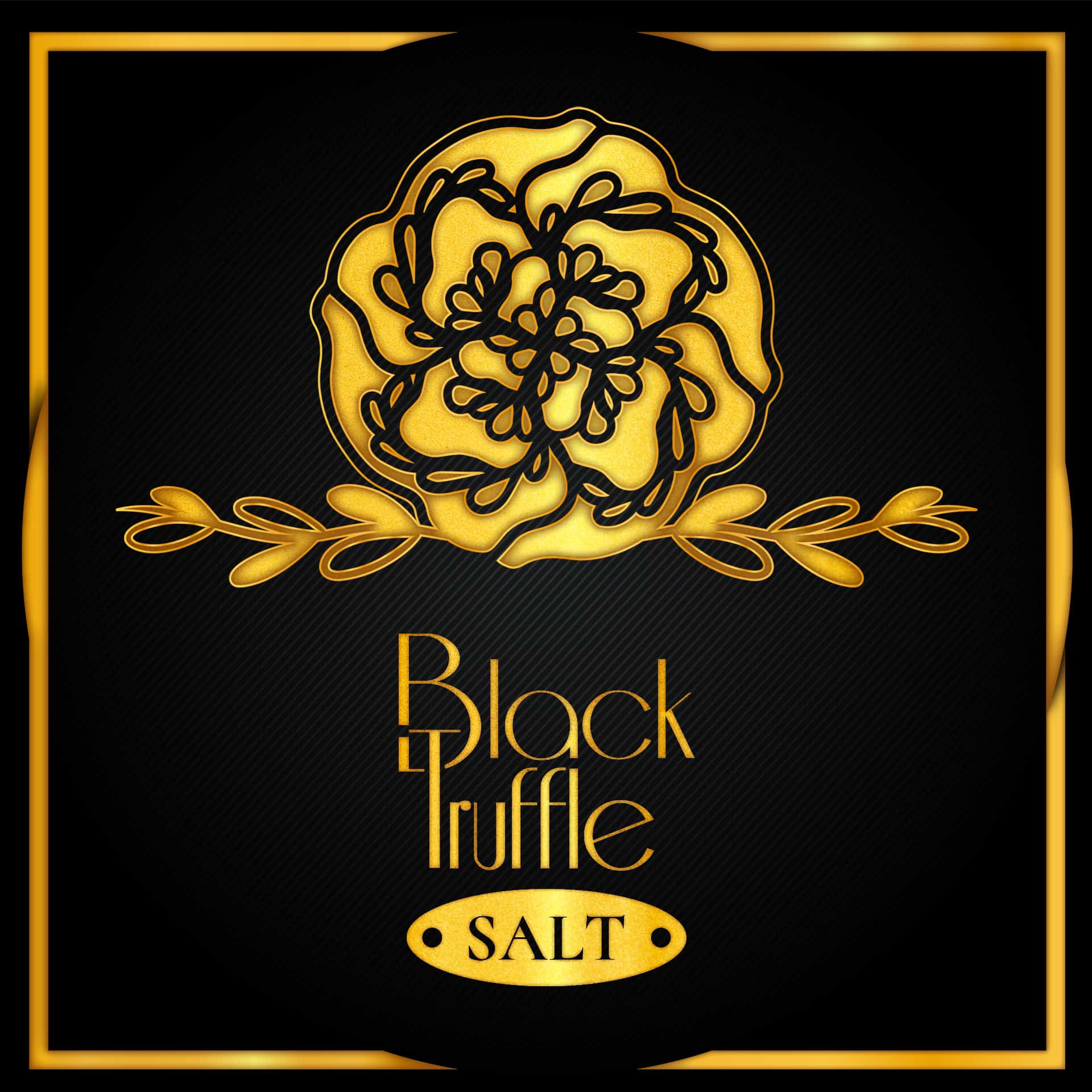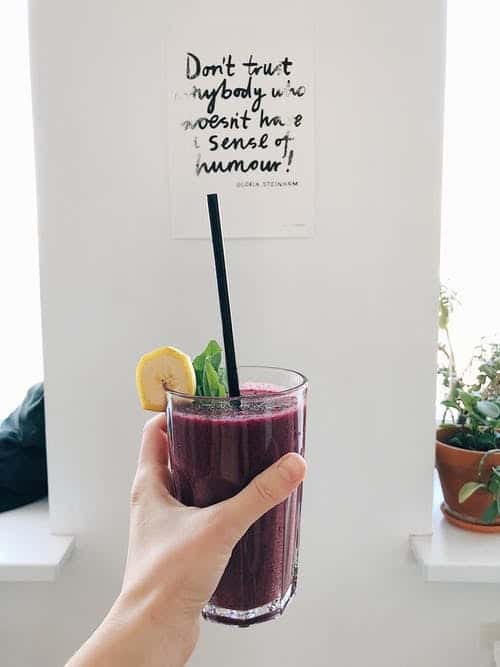History of the Eating Himalayan Salt
The history of the eating Himalayan salt is a historical phenomenon. In the mid 1600s people started getting salted salt from plantations at the entrance of the rivers into the cities. This was a convenient and quick way to get the salty taste they were looking for.
Salt comes from rain and snow and on all of those occasions the drops were always salty. To a medieval farmer, this was a large investment in moisture, which eventually helped reduce agricultural costs.
Salt, when introduced, set in to a pattern of production. Farmers spread out and created salt fields that were dependent on salt harvesting from nearby rivers. As more farmers got involved in salt farming, a major effect on the economics of salt farming was created. Farmers started accepting less premium overage in exchange for the salt and started trading less salt.
As their tolerance of salt farming decreased, salt became less useful as an input to salt farming. Not only salts of less value, but salting plants began to specialize and specialization allowed companies to enter the market.
A single salt factory could have many small factories all over the world, and each one of them producing a variety of salt. Every factory in the Salt Industry had salt mills and used salt shakers.
Some companies were just salt factories, and there were no salt shakers or salt mills. There was no standard. The process by which salts are made at a salt mill was very similar to the process at a plantation. The salt was put into a pan and stirred with wooden timbers that passed the heat through the salt.
Salt was usually chopped up and put into containers at the mill. The salt atthe mill was then churned with salt. The salt at the mill was mixed with lime and made into clay.
Clay was mixed with water and softened into a paste. The paste was then shaped into balls and stuffed in little sacks called trappisses.
Salt is formed when the liquid mixture gets hot enough to boil the solids. The boiling of the liquid causes the salt to form crystals. The crystals are hard enough to hold together and, when theyre hard enough, theyre called crystals.
Once the salt crystals are formed, they can be cleaned and shaped into flakes. Flakes of salt are easily coated with saltine oil and cured. In this way the salt can be used as an ingredient in many things. They can be used as a dip for salads, in cookies, or to make drinks with.
Salt is used to make both saltines and crackers. Salt is used to cook on various grills and in many other places where salt and oil would otherwise not be used.

